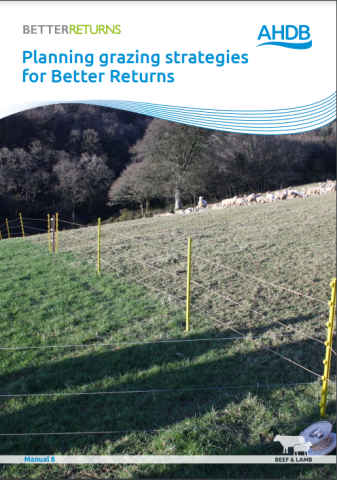This manual will help producers develop new, more efficient grazing strategies to improve returns for their business.
Download the manual below

Download the manual below
We deliver transformational projects to drive productivity and boost farming and supply chain businesses. We want the industry to thrive in a rapidly changing world and continue to produce high quality food, maintain our beautiful landscape and leave a legacy for generations to come.
Mob grazing is a form of intensive managed grazing where large numbers of animals graze a small area of land for a short period of time. There is increasing interest in this system due to perceived productivity and environmental benefits. However, there is very limited research to quantify the impact of mob grazing systems, and many farmers adopting the system have been influenced by anecdotal evidence from other farmers.
Dairy production is a critical component of the agriculture industry focused on the sustainable production of milk and milk-derived products.
The livestock industry is an integral part of the agricultural sector, encompassing various aspects of animal husbandry and production. It plays an important role in global food security and supports the livelihoods of millions of people worldwide.
Grass in farming is interconnected with livestock systems for their feed, in the form of grazing, haylage and silage, and is also used as 'leys' (short-term grasslands) to regenerate soil structure and quality.
Beef production encompasses various stages, from breeding and rearing to processing and distribution.